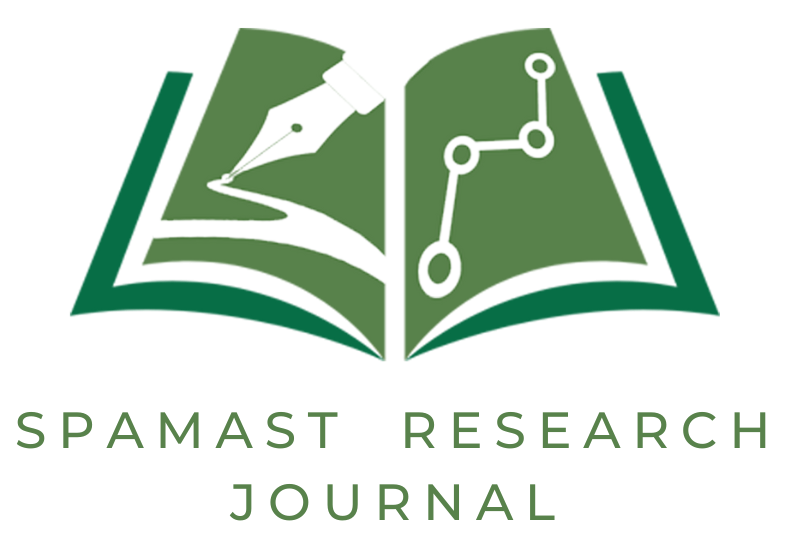The complete review process of the manuscript is expected to take a month or two but can take longer depending on the bulk of manuscript in review. Authors can expect to hear from the Journal Editor or Editorial Team member within three weeks of submission of the manuscript.
Step 1.
To submit, the author needs to email the manuscript at SPAMAST RIDE rde_092020@spamast.edu.ph. Once a manuscript is submitted for consideration of publication, the manuscript is checked by the Journal’s Editorial Team to ensure that it is suitable to go through the normal peer review process. Once this is done, the manuscript is sent to an appropriate Editor based on the subject of the manuscript and the availability of the Editors. All manuscripts shall be handled by an Editor who does not have any potential conflict of interest with any of the manuscript’s author.
Step 2.
If the Editor finds that the submitted manuscript is of sufficient quality and falls within the scope of the SPAMAST Journal, the manuscript should be assigned for review to two or three external reviewers who have the expertise in the subject area for a careful, objective, and dispassionate review. The identify of the authors and their institutional affiliations will not be concealed to the reviewers. The reviewers will review the paper for:
- originality;
- contribution to the field;
- technical quality;
- clarity of presentation; and
- depth of research.
Step 3.
When all reviewers have submitted their evaluation reports, the manuscript can be adjudged by the Editor into one of four categories:
- accepted as is (The manuscript is accepted without modification);
- accepted with minor corrections (The manuscript requires some revisions before it can be accepted);
- accepted with major corrections (The journal is interested, but the manuscript is not acceptable in its current form and needs to be revised to be considered for publication);
- rejected (The manuscript is not suitable for publication unless the authors conduct further research or collect additional data);
- not accepted (Publication is declined and the reviewers’ comments are provided to the authors).
The results of the review will be communicated to the Editor for onward transmission to the author(s). The editorial workflow gives the Editors the authority to reject any manuscript because of inappropriateness of its subject, lack of quality, or incorrectness of its results. The Editor cannot assign himself/herself as an external Reviewer of the manuscript. This is to ensure a high-quality, fair, and unbiased peer-review process of every manuscript submitted to the journal, since any manuscript must be recommended by one or more (usually two or more) external reviewers along with the editor in charge of the manuscript in order for it to be accepted for publication in the SRJ.
Step 4.
If required, authors are to modify the manuscript in light of the reviewers’ comments and suggestions and re-submit the manuscript within 14 days.
Step 5.
When the manuscript is finally accepted for publication the Editor will schedule the publication and information the authors of the particular number and volume of the journal in which the article will be published.
The Editor-in-Chief reviews the final submission and may raise further questions. The Editor-in-Chief is the only person who can officially accept a paper. The Editor’s formal acceptance sends an article into manuscript editing (for copyediting) and production. The discussion should hover around and result and should not include irrelevant and unachievable statement.
Statistical Presentation
Proper statistics should be applied over the data wherever found necessary.
Plagiarism of Data
Data showing any type of suspicion, duplication and manipulation must be brought to the notice of the author(s).
Summary
Pinpoint the strength and weakness of the article considering potential importance of the work in the context of present and future.
Conclusion
At the end reviewer(s) can recommend necessary corrections needed to accept the paper, if they are required, else recommend it for publication. If the paper found unsuitable, the reviewer can reject the paper for publication.
Publication Frequency
The SRJ publishes one issue in a year.
